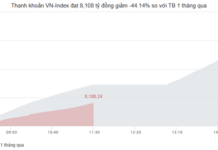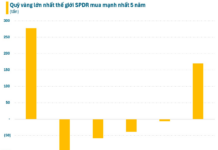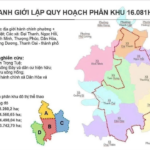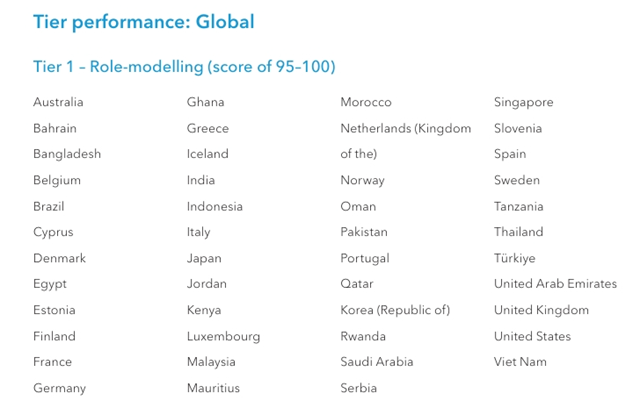Discussing the draft Law on Civil Judgment Enforcement (amended) on November 11, National Assembly delegates proposed that the draft should update provisions for digital assets and intellectual property. They also emphasized the need to clarify the mechanism for transferring enforcement rights and obligations to prevent delays and bottlenecks in practice.
Clear Time Limits and Procedures for Digital Assets Needed
Speaking at the discussion session, delegate Nguyễn Hoàng Bảo Trân (Ho Chi Minh City) noted that as the country accelerates digital transformation, knowledge-based economic development, and innovation, many civil judgment enforcement cases now involve not only tangible assets but also intellectual property, digital data, technology contracts, and scientific research results.
Delegate Trân pointed out that current regulations are too general and fail to keep pace with the realities of the digital economy. Specifically, provisions on verifying conditions and issuing enforcement decisions “lack specific mechanisms for unique assets such as patents, software, research results, or data usage rights.”
She proposed adding regulations allowing enforcement officers to request expert appraisals and collaborate with science and technology agencies in valuing, verifying, or handling intellectual property assets.
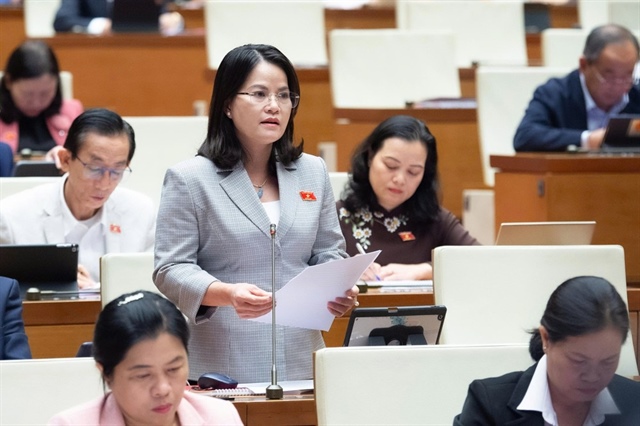 Delegate Nguyễn Hoàng Bảo Trân (Ho Chi Minh City). Photo: QH |
Additionally, she stressed the need to quantify processing times, such as a 10-day verification limit and a 5-day decision issuance period, to prevent arbitrary delays.
The draft law should also update enforcement methods for electronic and digital assets, especially in high-tech civil cases. In practice, many businesses hold software source codes or data valued at tens of billions of dong, yet there are no legal mechanisms for compulsory enforcement or transfer.
“Intellectual property, data, and software should be treated as special assets, subject to seizure and handling guidelines jointly issued by the Ministry of Justice and the Ministry of Science and Technology,” stated Mrs. Trân.
She also highlighted the need for inter-agency coordination, particularly between enforcement agencies, police, courts, and science, technology, and communications bodies.
Current regulations, she noted, are limited to the justice sector, while many cases involving technology transfers, intellectual property rights, or research contracts require technical support from specialized agencies.
She proposed including the Ministry and Departments of Science and Technology in the coordinating agencies and clarifying the responsibilities of People’s Committees and specialized departments in providing information on patents, trademarks, and copyrights to support enforcement agencies.
Furthermore, she called for investment in shared technology infrastructure and databases for civil judgment enforcement. The government should allocate resources to develop a national electronic database for enforcement, linked to asset registration, intellectual property, and business information systems.
A transition plan for digitizing enforcement processes is also necessary, including training judicial officers in valuing and handling technology and intellectual property assets.
Clear Mechanism for Transferring Enforcement Rights and Obligations Required
Also speaking at the session, delegate Huỳnh Thị Phúc (Ho Chi Minh City) suggested that the draft law should clarify the transfer mechanism when the enforcing or enforced party dies. She proposed specific regulations for transferring rights and obligations to legal heirs and allowing enforcement agencies to temporarily appoint estate managers until the court officially determines the heirs.
“Many cases stall due to unidentified heirs, heirs abroad, or heirs lacking legal capacity. These issues increase the backlog of cases,” she observed.

Delegate Huỳnh Thị Phúc (Ho Chi Minh City). Photo: QH
|
Delegate Phúc praised the draft’s provision allowing parties to agree on transferring enforcement rights and obligations to third parties (Clause 3, Article 41), as it enhances civil rights protection.
However, she warned that overly rigid regulations could reduce flexibility in civil relations, while insufficient controls might allow transfers to evade enforcement obligations, undermining the judgment’s effectiveness.
She cited recent cases involving large enforcement values, from 10 to 70 billion dong, primarily related to businesses with limited cash enforcement capacity.
Enforcement agencies face challenges in handling assets and transferring obligations. Some businesses transfer obligations to subsidiaries or individuals lacking legal or financial capacity. In extreme cases, legal representatives flee, leaving assets unmanaged and no one responsible for enforcement.
“These situations complicate and prolong enforcement, leading to social order issues and directly affecting the legitimate rights of citizens, workers, and businesses,” she noted.
Delegate Phúc proposed adding regulations to verify the legal and financial capacity of transferees, similar to controls in civil debt guarantees and transfers. The People’s Procuracy should also have oversight authority before the enforcement agency head approves transfers, ensuring objectivity and transparency.
She also suggested extending the transfer decision deadline from 5 to 15 working days, giving enforcement agencies more time to verify information, especially when transferees are in different localities.
REPORTING TEAM
– 09:47 11/11/2025
International Financial Hub: Localizing Innovation, Not Replicating It
Vietnam’s ministries, agencies, and localities are working diligently to finalize the legal framework and infrastructure necessary for the country’s International Financial Center to commence operations in November. Experts emphasize that while Vietnam has the advantage of learning from international experience, it must focus on localization rather than mere replication.
VBA Chairman Phan Duc Trung: Blockchain Financial Crime Rate Drops to 0.15% Despite Surging Transactions
Experts reveal that even today’s banks can effortlessly detect and prevent money laundering through digital asset channels, as every blockchain transaction leaves an indelible and traceable footprint.





